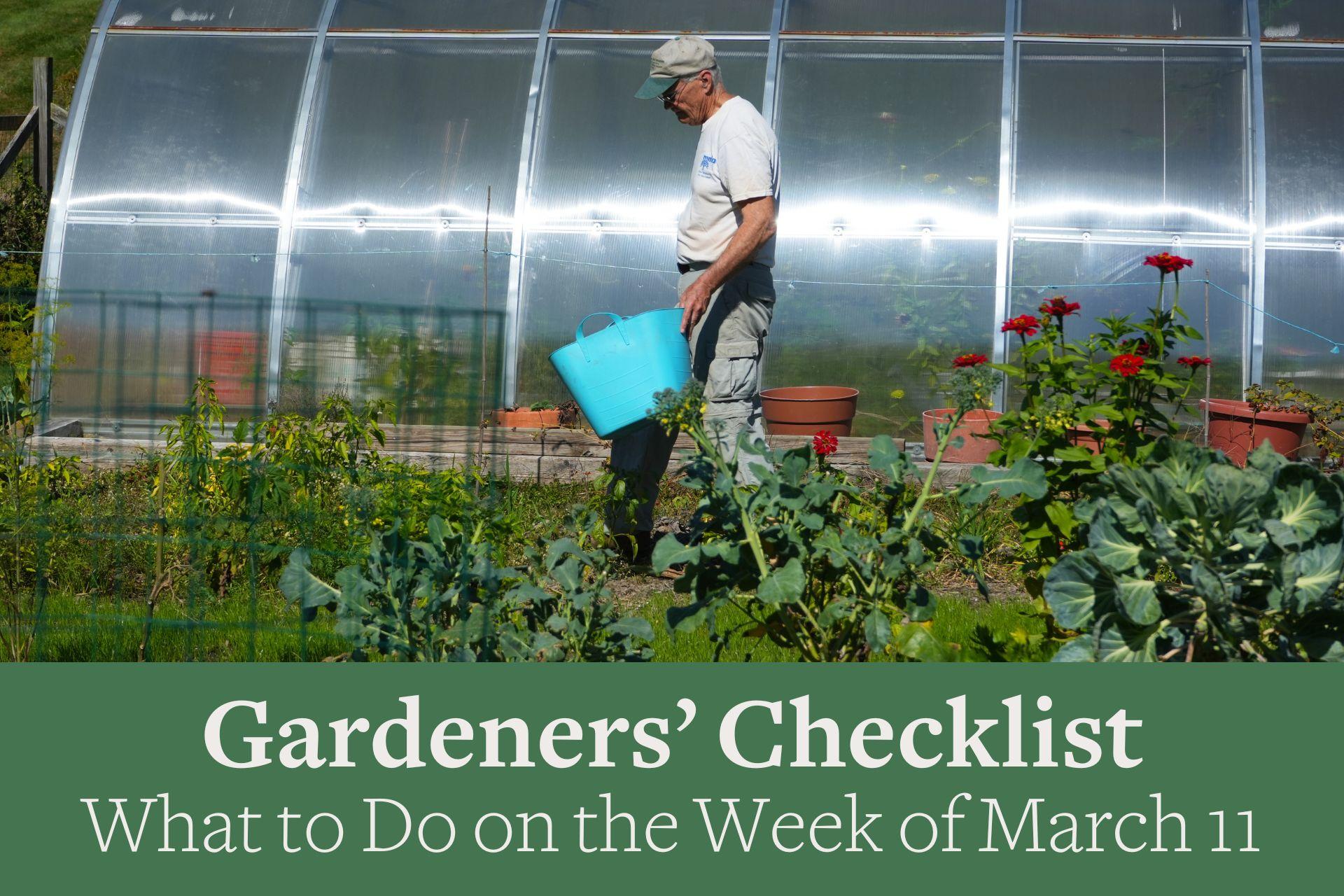You are here
Gardeners Checklist: Here Is What to Do on the Week of March 11
Gardeners Checklist: Here Is What to Do on the Week of March 11
By Ron Kujawski
• Don’t toss potted tulips, daffodils, crocus, or other forced hardy bulbs after they have completed their bloom indoors. Treat them as houseplants, i.e. keep them watered and apply an occasional dose of liquid fertilizer. When their leaves begin to yellow, let the soil dry. Once the leaves have turned brown, cut them back and save the bulbs for fall planting in the garden.
• Apply some fertilizer to any holiday plants, e.g., Christmas and Thanksgiving cacti, poinsettias, cyclamen, azalea and amaryllis, that survived the holidays. With good care, all of these plants will continue to grow and should be ready for another go next winter.
• Start seeds of cabbage, broccoli, cauliflower, and lettuce, as well as onions and leeks if those weren’t started earlier. Be sure to use a sterile seed starting mix. Use a commercial mix or make your own mix from two parts fine grade vermiculite and one part coir or milled sphagnum moss.
• Take precautions to avoid picking up deer ticks when working outdoors. The ticks are active and are looking to hitch a ride on happy gardeners and pets.
• Don’t bother to apply tree wound treatments to pruning cuts. Studies have shown that they have no effect on hastening wound healing or in preventing fungal invasions.
• Watch for areas of the yard where water from melting snow or rain accumulates and drains very slowly. There’s not much if any frost in the ground in most areas now so water should seep quickly into the ground. If it doesn’t, the plants in such areas will suffer from root rot. Where poor drainage is a problem, create a swale to divert water, put in drainage tiles, or simply plant species adapted to moist sites.
***
Repotting houseplants is much like changing the engine oil in your car, although unlike changing engine oil, I’ve never had potting soil run down the length of my arm when removing it from the pot. Just as engine oil deteriorates over time so does soil in a pot. Soil can become compacted from frequent watering as well as from the breakdown of soil organic matter into very fine particles. Compaction reduces pore space and amount of oxygen in the soil. Low oxygen level in soil leads to poor root growth and subsequently poor plant growth. In addition, soil of potted plants accumulates salts from fertilizer applications and these salts further endanger the health of roots. Repotting into fresh soil will eliminate these problems and make for happier houseplants. A couple of other notes on repotting: untangle pot bound roots a little before repotting; repot into larger pots to accommodate new root growth; and use deep pots as opposed to shallow pots. Studies have shown that drainage in potted plants is mostly a function of soil depth; that is, the deeper the pot and the deeper the soil, the better the drainage. So, this weekend, take your car in for repotting…. I mean take your houseplant in for an oil change….uh, you know what I mean.
Ron Kujawski began gardening at an early age on his family's onion farm in upstate New York. Although now retired, he spent most of his career teaching at the UMass Extension Service. He serves on Berkshire Botanical Garden’s Horticulture Advisory Committee. His book, Week-by-Week Vegetable Gardener’s Handbook, is available here.
Help Our Garden Grow!
Your donation helps us to educate and inspire visitors of all ages on the art and science of gardening and the preservation of our environment.
All donations are 100 percent tax deductible.



